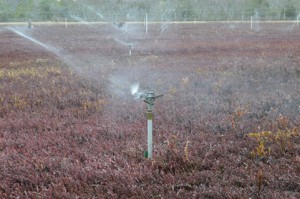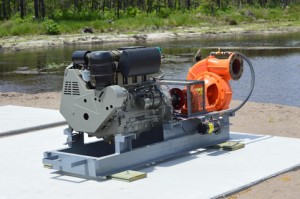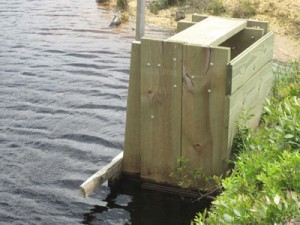Last year saw the introduction of our new automation program, a process that will hopefully increase efficiency and reduce strain on our team.
This year, we’re scheduled to automate 37 pumps. “Our pilot program we did seven; all the new renovation as well as Rainbow Reservoir,” says Facilties manager Louis Cantafio. “This year, we’re doing all the pumps at the current reno project as well as some larger areas, starting with the pumps farthest out, especially out at Sim Place.”
Installation has definitely been a team effort. Fred Henschel has been busy fabricating the brackets for the sensor installation, and then Ernie Waszkiewicz takes them out to the targeted pumps to weld them on. Louis, in the meantime, has been sorting through supplies and ordering the ancillary items the team will need when they start installing the sensors next week. “We’ll have a lot more guys working on this next week when we really kick things into gear,” says Louis. “Joe Lord shipped everything out to us–minus some of the connectors, that kind of thing–but we’re going to do the installation ourselves and in about three weeks Joe will be out here to work on the programming.” Having Joe come out to work on the programming itself is crucial:
“Field data is sent wirelessly to a master controller in your home, shop or vehicle and your Joe Lord System continuously communicates with the network of devices, sending commands to turn on engines and pumps when needed, based on your con gured schedules. Since no two locations are alike, customization is vital. Controls are programmed to the needs of each customer regardless of the number of sensors and probes.”
The team is looking forward to expanding the program. “It’s going to give us a lot more control,” Louis says. “The computer actually handles a lot of the start-up and shut-down process, which is what usually takes up a big chunk of the time an operator is out there running water, either during frost or heat.” It helps us reduce our fuel cost and wear and tear on vehicles as well as protecting that most crucial resource for a cranberry operation: water!



